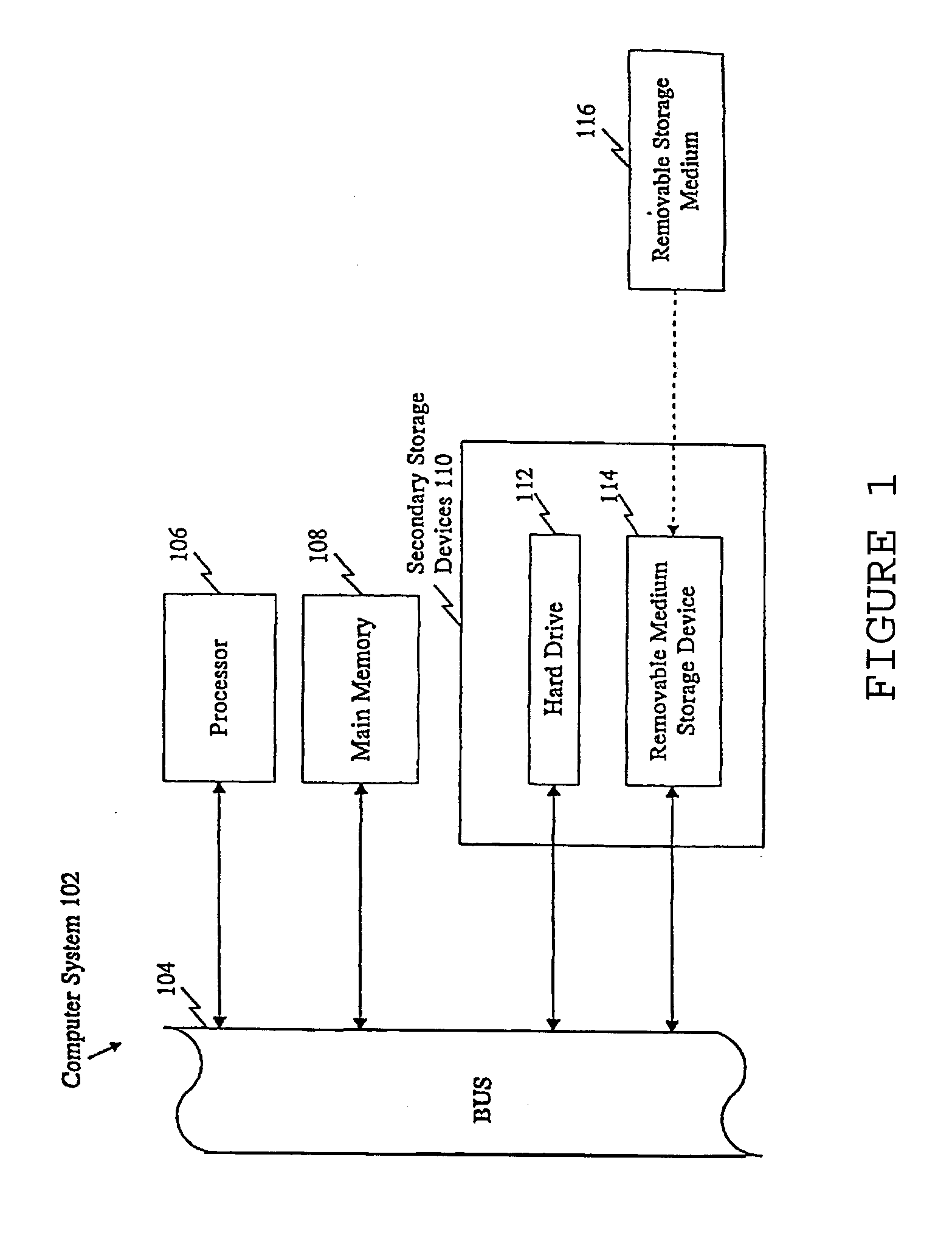Genetic polymorphisms associated with cardiovascular disorders and drug response, methods of detection and uses thereof
a genetic polymorphism and cardiovascular disease technology, applied in the field of genetic polymorphisms associated with cardiovascular disease and drug response, can solve the problems of myocardial necrosis and/or stunning, fatal coronary thrombosis, and the likelihood of being disrupted or eroded, and achieve the effect of determining the prognosis and the effect on the prognosis of simvastatin, increasing the progression of coronary atherosclerosis and reducing the risk o
- Summary
- Abstract
- Description
- Claims
- Application Information
AI Technical Summary
Benefits of technology
Problems solved by technology
Method used
Image
Examples
example 1
Statistical Analysis of SNP Allele Association with Cardiovascular Disorders and Statin Response
[0444]Study Design
[0445]In order to identify genetic markers associated with acute coronary events (e.g. MI, stroke, unstable angina, congestive heart failure, etc.) or response to statin treatment for the prevention of coronary events, samples from the Cholesterol and Recurrent Events (CARE) study (a randomized multicentral double-blinded trial on secondary prevention of acute coronary events with pravastatin) (Sacks et al., 1991, Am. J. Cardiol. 68: 1436-1446) were genotyped. A well-documented myocardial infarction (MI) was one of the enrollment criteria for entry into the CARE study. Patients were enrolled in the CARE trial from 80 participating study centers. Men and post-menopausal women were eligible for the trial if they had had an acute MI between 3 and 20 months prior to randomization, were 21 to 75 years of age, and had plasma total cholesterol levels of less than 240 mg / decilit...
example 2
Statistical Analysis of SNP Combinations Associated with RMI and Predictive of Response to Statin Treatment
[0465]Multiple markers were identified in the CARE study as associated with the ability of a patient to respond to statin treatment by having a reduced risk of RMI (Table 4). The minor alleles of NPC1 (hCV25472673) and HSPG2 (hCV1603656) and the major allele of ABCA1 (hCV2741051) were identified as being protective against RMI in patients that receive statin treatment. The data also show that certain genotypes of the alleles are protective against RMI in patients that receive statin treatment. The homozygous minor allele or the heterozygous minor and major allele of the NPC1 gene (CC, CT) and the HSPG2 gene (TT, TC) are protective genotypes (low risk genotypes) against RMI in patients that receive statin treatment. The homozygous major allele of the ABCA1 gene (CC) is a protective genotype (low risk genotype) in patients that receive statin treatment.
[0466]The genotype data gen...
PUM
| Property | Measurement | Unit |
|---|---|---|
| time | aaaaa | aaaaa |
| temperature | aaaaa | aaaaa |
| temperature | aaaaa | aaaaa |
Abstract
Description
Claims
Application Information
 Login to View More
Login to View More - R&D
- Intellectual Property
- Life Sciences
- Materials
- Tech Scout
- Unparalleled Data Quality
- Higher Quality Content
- 60% Fewer Hallucinations
Browse by: Latest US Patents, China's latest patents, Technical Efficacy Thesaurus, Application Domain, Technology Topic, Popular Technical Reports.
© 2025 PatSnap. All rights reserved.Legal|Privacy policy|Modern Slavery Act Transparency Statement|Sitemap|About US| Contact US: help@patsnap.com

